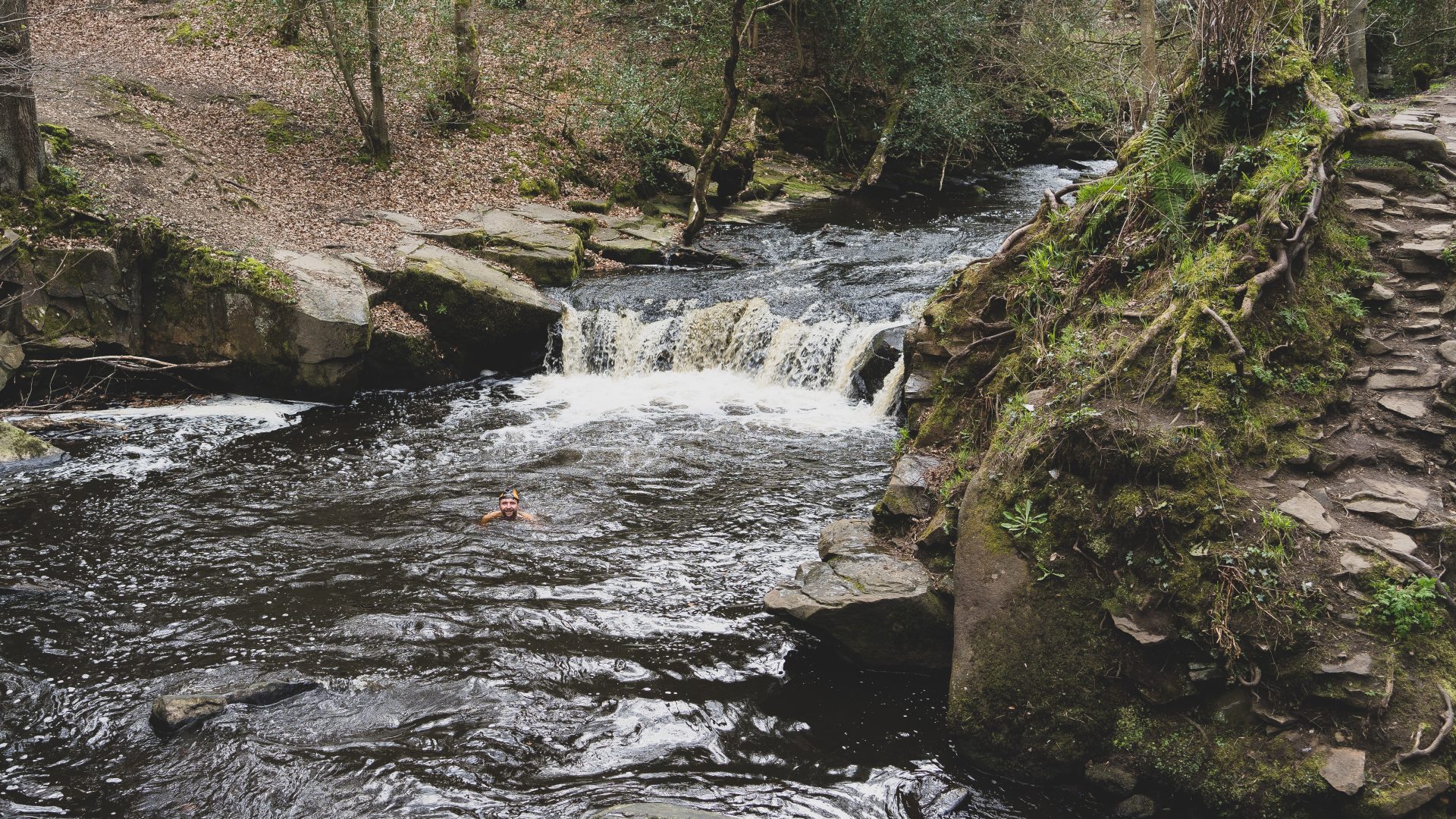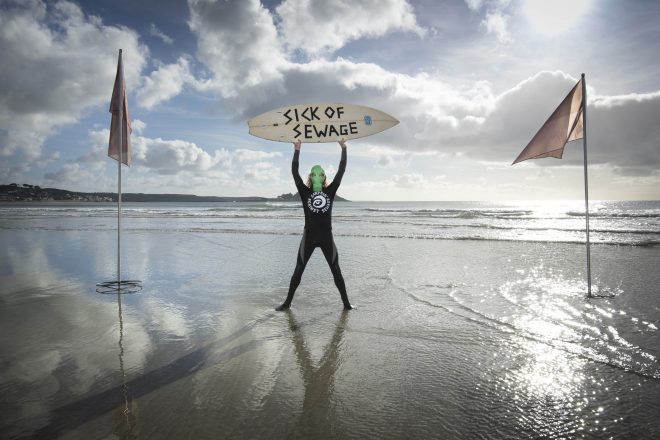
2022 Bathing Water Classifications
With bathing sites across England meeting minimum standards, all may seem positive at first glance. But if we look at how classifications are calculated, along with how many sites are actually achieving the top classifications, then things aren’t quite as rosy as they may seem.
Today, the Environment Agency released the annual bathing water classifications for 2022. With bathing sites across England meeting minimum standards, all may seem positive at first glance. But if we look at how classifications are calculated, along with how many sites are actually achieving the top classifications, then things aren’t quite as rosy as they may seem.
Only 72% of bathing sites in England received an Excellent classification, which suggests that that at least 27% need some form of improvements to achieve the highest standard possible under the current water quality testing regime.
This year’s classifications also emphasized the lack of inland bathing waters in England. Disappointingly, the two designated river bathing waters received a classification of Poor.

EDITORIAL USE ONLY
Surfers Against Sewage. Long Rock Beach, Penzance. Picture date: Friday November 4, 2022. PA Photo. Photo credit should read: Emily Whitfield-Wicks/PA Wire
Issues with the testing regime
To measure the levels of pollution at bathing waters, government policy sets out water quality testing standards for regulators (the Environment Agency in England) to follow. These tests are carried out during the bathing season (15 May to 30 September) which determines if a bathing water is classified as Excellent, Good, Sufficient or Poor.
Whilst a standardised measuring approach, the testing regime allows up to 15% of samples to be disregarded during each bathing season. That means that 3 out of the 20 samples taken may be excluded when calculating the annual classifications. Samples are excluded when the bathing water has been impacted by a ‘short term pollution’ event, which includes when sewage is known to be discharged, these are removed from the calculation. Surely, these ‘short term pollution’ events should be included to ensure the classification is a true representation of what is happening at a bathing site.
The regulations also allow for samples to be disregarded during times when the public are advised to stay out of the bathing water due to poor water quality. If water users are advised to stay out of the sea, river or lake due to actual incidents of reduced water quality, then surely these sites don’t deserve the classification they are awarded.
Community Water Quality Officer, Kirsty Davies says “Scratch beneath the surface of today’s results and we can see that our bathing waters are not quite as ‘excellent’ as we are led to believe. The current testing regime needs a complete overhaul so that we have a true picture of the state of rivers and seas across the UK. Only a few hundred meters of our rivers are monitored for human health which is simply unacceptable. We need many more inland bathing waters to ensure water quality is monitored and to hold polluters to account so we see our rivers restored.”
The testing regime is based on a snapshot of water quality data, taken just once a week, during the bathing season at the same location. Regulators should be moving towards a system that tests water quality in real time so that we know the risk of entering the water when we go for a surf or swim rather than relying on limited testing from the previous year.
And why are we only monitoring water quality during the summer? We know that surfers, paddle boarders, kayakers and swimmers take to the waters all year round. Monitoring water quality during just 139 days at the driest time of the year, is not representative of the conditions at a bathing site across the whole year. Water users need the full picture of water quality, year-round, to know what they’re swimming in.
It’s not just the time period that’s the problem. Currently bathing sites are only tested for two bacteria’s, E. coli and intestinal enterococci. Nitrates, phosphates, microplastics, viruses and antibiotic resistant bacteria which are contained in untreated sewage, are ignored despite the threat they pose to human health. Regulations must require tests for these pollutants.
Why Bathing Waters matter
We are constantly led to believe that ‘Excellent’ classified bathing sites are safe to swim in. But our 2022 Water Quality Report reveals that in the top ten bathing sites that were impacted by sewage pollution during the 2022 bathing season, 40% of sites received a classification of ‘Excellent’ in 2022.
And when we look at some of our neighbours in Europe, our performance is abysmal. In Austria in 2021 for example, 97.7% of bathing waters were classified as ‘Excellent’. As Austria has no coast, all 261 of their bathing sites are inland. With the UK performing so poorly in comparison to European countries it is clear that we are being let down by water companies continuing to discharge untreated sewage.
Bathing water status is essential to ensure our bathing sites are monitored and to ensure testing takes place, a critical part of holding polluters to account. We are calling for more inland bathing waters and for regulations to be revised to include an enhanced testing regime.
